Uses of traditional sheet metal processing and cutting equipment and laser sheet metal processing and cutting equipment
With the rapid development of sheet metal processing technology, my country's processing technology is also advancing by leaps and bounds, and the gap between it and developed countries abroad is getting smaller and smaller. Many well-known foreign-funded enterprises have transferred their manufacturing bases to my country, and at the same time, they have also brought many revolutionary concepts to sheet metal processing.
As traditional sheet metal cutting equipment, there are mainly shearing machines, punching machines, flame cutting, plasma cutting, high-pressure water cutting and other means. These equipments occupy a considerable market share in the market. On the one hand, they are well-known, and on the other hand, they are cheap. Although they have obvious advantages over modern processes such as laser cutting, they also have their own unique advantages.
1. Shearing machine
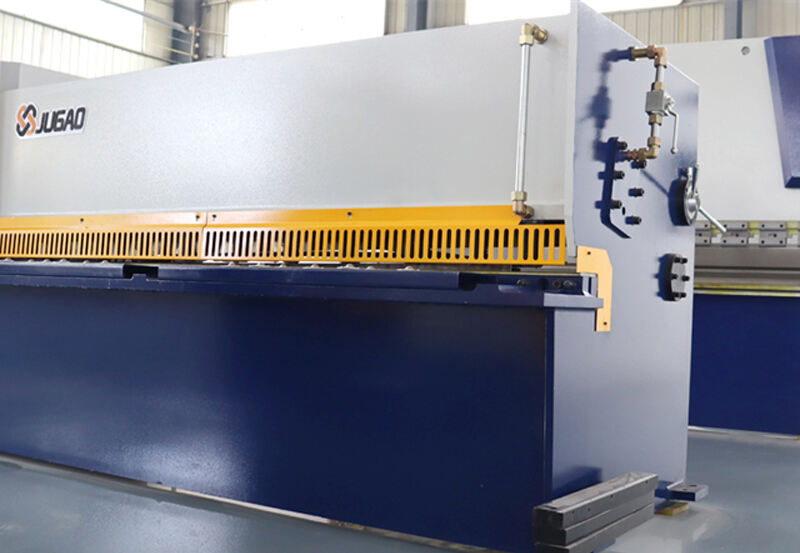
Because it is mainly straight-line cutting, although it can cut a plate up to 4 meters long with one knife, it can only be used in sheet metal processing that only requires straight-line cutting. It is generally used in industries that only require straight-line cutting, such as cutting after the plate is flattened.
2. Punching machine
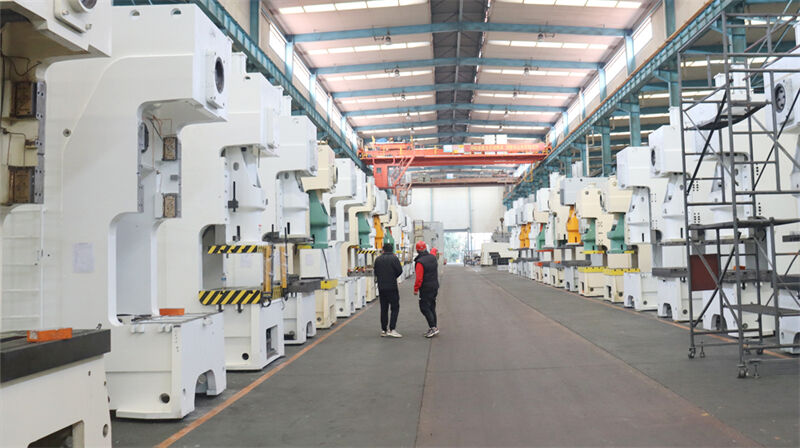
There is more flexibility in curve processing. A punching machine can have one or more sets of square, round or other special punches, which can process some specific sheet metal work at one time. The most common one is the chassis cabinet industry. The processing technology they require is mainly cutting of straight lines, square holes, round holes, etc. The pattern is relatively simple and fixed. They mainly deal with carbon steel plates below 2mm, and the format is generally 2.5mX1.25m. Stainless steel with a thickness of more than 1.5mm is more mold-consuming due to the high viscosity of the material, and punching machines are generally not used. Its advantage is that it has a fast processing speed for simple graphics and thin plates, but its disadvantage is that it has limited capacity when punching thick steel plates. Even if it can be punched, the surface of the workpiece will collapse, which consumes molds, has a long mold development cycle, is expensive, and has a low level of flexibility.
Foreign steel plate cutting and processing with a thickness of more than 2mm generally uses more modern laser cutting instead of punching machines. First, the surface quality of thick steel plates is not high when punching and shearing. Second, punching thick steel plates requires a larger tonnage punching machine, which wastes resources. Third, the noise is too loud when punching thick steel plates, which is not conducive to environmental protection.
3. Flame cutting
As the original traditional cutting method, due to its low investment, the requirements for processing quality were not high in the past. When the requirements were too high, adding a machining process could solve it. The market has a large number of shares. Now it is mainly used to cut thick steel plates exceeding 40mm. Its disadvantages are that the thermal deformation is too large during cutting, the cutting seam is too wide, and the material is wasted. In addition, the processing speed is too slow, which is only suitable for rough processing.
Plasma cutting and precision plasma cutting
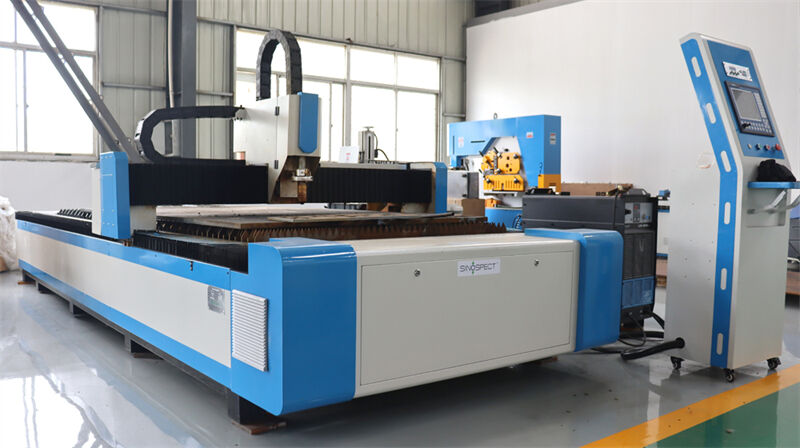
Similar to flame cutting, the heat-affected zone is too large, but the precision is much greater than flame cutting, and the speed has also leaped in quantity, becoming the main force in medium plate processing.
As the global plasma cutting equipment, the CNC plasma cutting machine has reached the upper limit of the actual cutting accuracy of laser cutting. When cutting 22mm carbon steel plate, it reaches a speed of more than 2 meters per minute, and the cutting end face is smooth and flat, and the slope can be controlled within 1.5 degrees. The disadvantage is that when cutting thin steel plate, the thermal deformation is too large, the slope is also large, it is powerless when the precision requirement is high, and the consumables are relatively expensive.
4. High-pressure water cutting
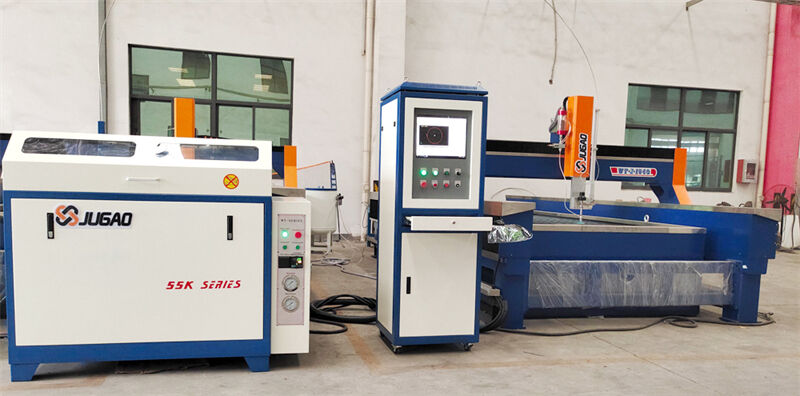
The high-speed water jet is mixed with diamond sand to cut the sheet metal. It has almost no restrictions on the material, and the cutting thickness can almost reach more than 100mm. It can also cut ceramics, glass and other materials that are easy to burst when hot cutting. Copper, aluminum and other laser-reflective materials can be cut by water jet, while laser cutting has great obstacles. Its disadvantages are that the processing speed is too slow, too dirty, not environmentally friendly, and the consumables are also high.
Laser cutting is a process revolution in sheet metal processing.
5. Laser cutting
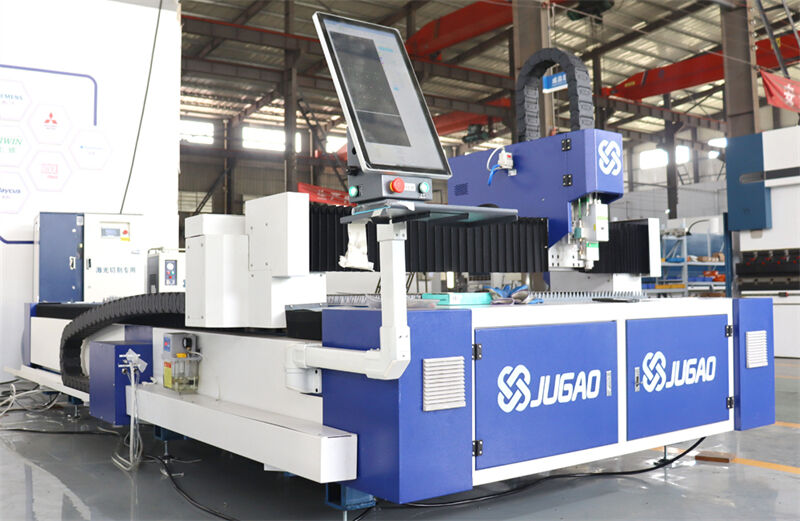
Laser cutting has high flexibility, fast cutting speed, high consumption efficiency, and short product production cycle, which has won a wide market for customers. Laser cutting has no cutting force, no deformation during processing; no tool wear, good material adaptability; whether it is a simple or complex part, it can be cut quickly and precisely with laser in one go; it has narrow cutting slits, good cutting quality, high automation level, cumbersome operation, low labor intensity, and no pollution; it can realize automatic cutting and nesting, improve the material utilization rate, low consumption cost, and good economic benefits. The effective life of this technology is long. At present, most of the plates with a thickness of more than 2 mm abroad are cut by laser. Many foreign professionals believe that the next 30-40 years will be the golden age of laser processing technology (the direction of sheet metal processing development).Welcome to consult online to learn more about the machine information.


















































